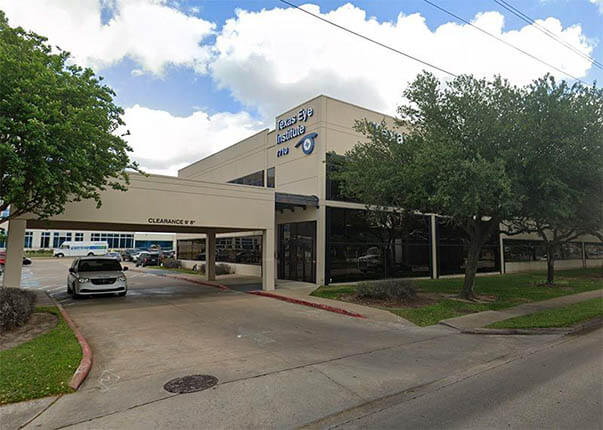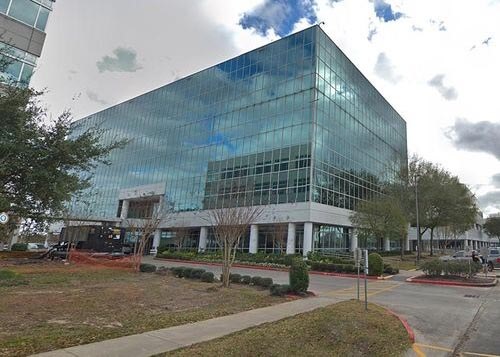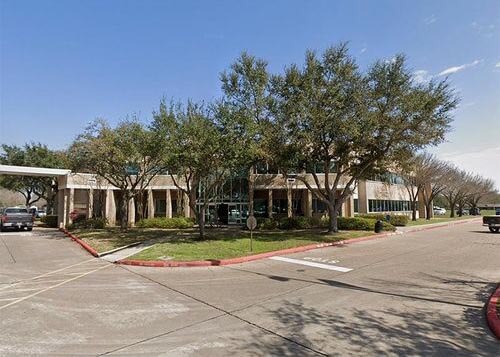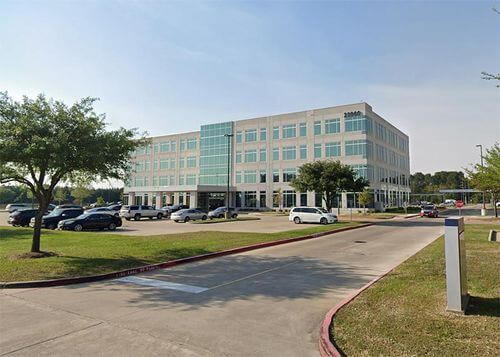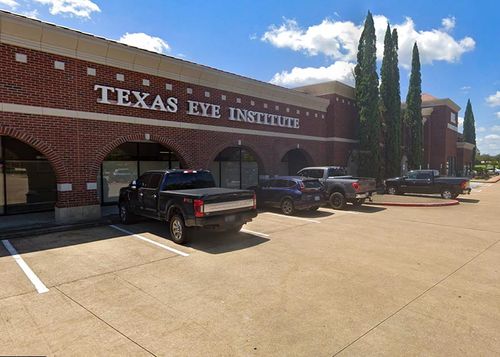Please consult with an ophthalmologists at Texas Eye Institute regarding treatment options. Your ophthalmologist will be able to diagnose the type of glaucoma and the actual severity of the Intraocular Pressure (IOP). Treatment options will drastically vary from patient to patient. We proudly serve the Houston, Katy and Sugarland areas so don’t hesitate to schedule your appointment today.
Glaucoma is typically treated with eye drops that decrease eye pressure either by slowing the amount of fluid produced within the eye or by improving the flow through the drainage angle. Glaucoma medications may produce side effects, so be sure to talk to your doctor if you experience any unusual symptoms.
In a standard operating room procedure, your doctor will use fine, microsurgical instruments to create a new drainage channel for outflow of aqueous fluid. Though serious complications of modern glaucoma surgery are uncommon, they can occur. Surgery is recommended if your ophthalmologist feels that it is necessary to prevent further damage to the optic nerve.

BEFORE CONSIDERING THIS TYPE OF SURGERY YOU MUST CONSULT A QUALIFIED OPHTHALMOLOGIST.
Trabeculectomy is a surgical procedure performed by an ophthalmologist used to lower eye pressure. By trying to lower the eye pressure, damage can be halted from further pressure increases, but that damage already done is not reversible.
The trabeculectomy procedure involves the surgeon creating a tiny passage way from the inside to the outside of your eye. This helps fluid drain better from the areas it is presently not draining. A trabeculectomy can lower the pressure in your eye and help prevent more damage to the optic nerve.
Trabeculectomy is more commonly used after other treatment options have not been successful or are simply not stopping the increasing IOP (Intraocular Pressure). Your Houston eye surgeon may consider trabeculectomy if:
A glaucoma shunt is a drainage device, also known as tube shunts. These shunts are implanted into the eye and are intended to assist with drainage. They create a drainage passage for fluid. This procedure is sometimes chosen for individuals at a high risk of failure with the more common traditional glaucoma procedure known as (trabeculectomy). The company Optonol has made some advances in this technology over the past few years (SEE Optonol).
Laser glaucoma surgery treatments may be recommended for certain types of glaucoma. This frontier in glaucoma technology presents significant progress for treating glaucoma in the future. In open-angle glaucoma, a laser can be used to modify the drain to help control eye pressure.
Selective Laser Trabeculoplasty (SLT) is quickly becoming a widely accepted treatment option in glaucoma treatment. SLT offers a new glimpse of hope for glaucoma patients. By engaging in this NEW laser technology, the ophthalmologists can now lower pressure that can possibly help a patient avoid a more invasive surgery. The surgery might even reduce the dependence on medications or drops.
SLT actually lowers intraocular pressure (IOP) by creating relatively small pulsing, low-energy laser light to target cells in the trabecular mesh system of the eye.
Texas Eye Institute is proud to provide five convenient locations for your eye care needs. Visit one of our convenient locations in Angleton, Sugarland, Southwest Houston, Katy, or Southeast Houston to see why the Texas Eye Institute is the best choice to care for your vision. Need LASIK in Houston? What about a comprehensive eye exam in Sugarland? See our locations page to find our practice nearest you!
